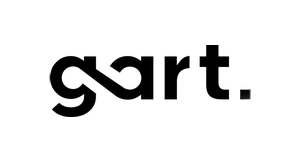205 reads
How to Find the Right DevOps Tools for the Project
by
November 22nd, 2023
Audio Presented by

We are a dedicated team of professionals passionate about DevOps, Cloud Solutions, and Infrastructure
Story's Credibility

About Author
We are a dedicated team of professionals passionate about DevOps, Cloud Solutions, and Infrastructure